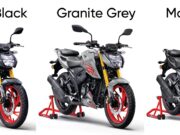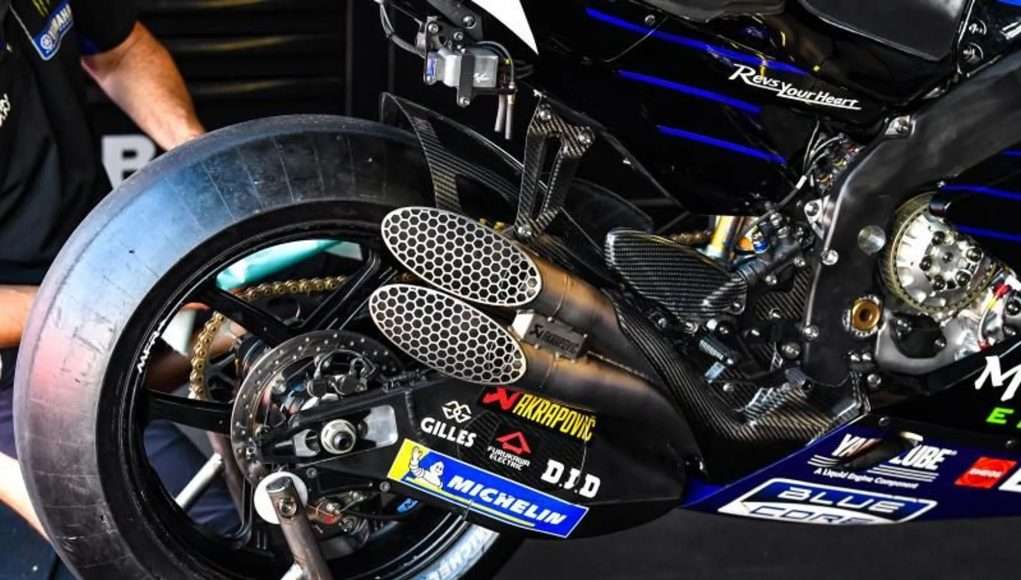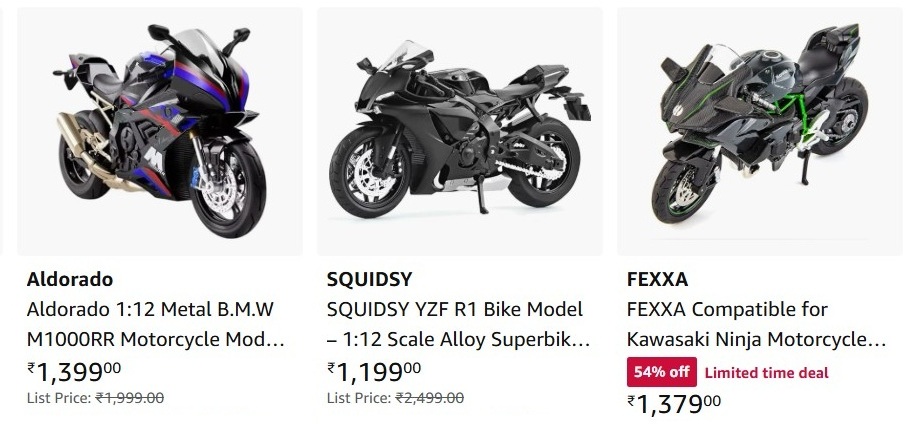Motorcycles are more than just machines; they’re a passion, a lifestyle, and for many, an extension of their personality. At the heart of every motorcycle’s character lies its exhaust system. This often-overlooked component plays a crucial role in your bike’s performance, sound, and overall riding experience.
The Fundamentals of Motorcycle Exhaust Systems
Let’s understand the basic parts that make up a typical motorcycle exhaust system:
Header Pipes: These are the pipes that connect directly to the engine’s exhaust ports. They collect the hot gases as they exit the engine.
Collector: This part gathers the exhaust gases from multiple header pipes into a single pipe.
Mid-Pipe: As the name suggests, this section runs between the collector and the muffler.
Muffler: This crucial component reduces the noise produced by the exhaust gases.
Tailpipe: The final section of the exhaust system, where the gases exit into the atmosphere.
The Role of the Motorcycle Exhaust
While the primary job of a motorcycle exhaust is to get rid of the hot gases produced by the engine, it does much more than that:
Performance Enhancement: A well-designed exhaust system can improve your motorcycle’s power output by helping the engine breathe more efficiently.
Noise Reduction: The muffler plays a vital role in keeping the exhaust noise within legal limits while still allowing for that satisfying motorcycle rumble.
Emissions Control: Modern exhausts often include catalytic converters to reduce harmful emissions, helping motorcycles meet environmental regulations.
Aesthetics: Let’s face it – a sleek, shiny exhaust can make your bike look awesome! Many riders choose exhausts not just for performance but also for style.

Types of Motorcycle Exhaust Systems
A quality motorcycle exhaust can come in various types, with its own set of advantages:
Full System: This replaces your entire stock exhaust from the engine to the tailpipe. It offers the most significant performance gains but is also the most expensive option.
Slip-On Exhaust: Also known as a “muffler,” this replaces only the end section of your exhaust. It’s an easier and more affordable way to change your bike’s sound and slightly boost performance.
Header-Back System: This setup replaces everything except the header pipes. It’s a middle ground between a full system and a slip-on.
Shorty Exhaust: These are compact systems that end before the rear wheel, giving your bike a unique, stripped-down look.
Materials Used in Motorcycle Exhausts
The choice of material affects an exhaust’s performance, durability, and price:
Stainless Steel: This is the most common material due to its durability and resistance to corrosion. It’s a good all-around choice for most riders.
Titanium: Lighter than steel but just as strong, titanium exhausts are premium options that can help reduce your bike’s overall weight.
Carbon Fiber: Often used for muffler sleeves, carbon fiber is extremely light and looks great, but it’s also quite expensive.
Aluminum: While not as durable as steel or titanium, aluminum exhausts are very light and can help improve your bike’s power-to-weight ratio.
Factors to Consider When Choosing a Motorcycle Exhaust
Picking the right exhaust for your bike involves weighing several factors:
Performance: Think about what you want from your bike. Are you after maximum power, or is fuel efficiency more important to you?
Sound: Do you prefer a loud, aggressive exhaust note or something more subdued? Remember, extremely loud exhausts can be illegal in some areas.
Aesthetics: Your exhaust should complement your bike’s overall look. Consider the finish (chrome, black, brushed metal) and how it fits with your motorcycle’s style.
Budget: Exhausts can range from affordable slip-ons to high-end full systems. Set a budget that works for you.
Brand and Reputation: Stick to reputable brands known for quality. Reading reviews from other riders can be very helpful.
Legal Considerations: Make sure the exhaust you choose meets local noise and emissions regulations to avoid potential fines.
Installation: Consider whether you’ll install the exhaust yourself or have a professional do it. Some systems are easier to install than others.
Maintaining Your Motorcycle Exhaust
Taking care of your exhaust system will help it last longer and perform better:
Regular Cleaning: Clean your exhaust regularly to prevent buildup of dirt and grime. Use appropriate cleaning products to avoid damaging the finish.
Inspect for Damage: Regularly check for any cracks, dents, or signs of rust. Catching problems early can prevent more serious issues down the road.
Repack the Muffler: If you have a slip-on or aftermarket muffler, it may need repacking periodically to maintain its sound-dampening properties.
Check Mounting Hardware: Make sure all bolts and brackets are tight. Loose hardware can cause rattles and potentially dangerous situations.
Address Rust: If you spot any rust, deal with it promptly to prevent it from spreading and weakening the exhaust.
The Future of Motorcycle Exhausts
As technology advances, we’re seeing exciting developments in exhaust design:
Active Exhaust Systems: These use electronic valves to adjust exhaust flow, allowing riders to change their bike’s sound and performance characteristics on the fly.
Lightweight Materials: Manufacturers are constantly researching new materials and manufacturing techniques to make exhausts lighter and stronger.
Improved Emissions Control: As environmental regulations become stricter, expect to see more advanced catalytic converters and other emissions-reducing technologies.
Customization: 3D printing and other advanced manufacturing methods may soon allow for truly custom exhaust designs tailored to individual riders’ preferences.
Conclusion
Your motorcycle’s exhaust system is much more than just a pipe to get rid of engine gases. It’s a crucial component that affects your bike’s performance, sound, and style. Whether you’re looking to boost your motorcycle’s power, change its sound, or simply replace a worn-out stock system, understanding the basics of motorcycle exhausts will help you make the best choice for your ride.
The right exhaust can transform your motorcycle, enhancing both its performance and your overall riding experience. Take the time to research and choose wisely, considering factors like your riding style, local laws, and budget. Once you’ve found that perfect exhaust, don’t forget to maintain it properly to keep your bike running smoothly and sounding great for years to come.




































